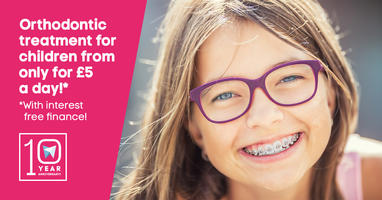Many patients become quite outraged when they find out that they will need to wear a retainer (possibly indefinitely) after orthodontic treatment. Many people are quite unhappy, as they feel they have already suffered enough, and have paid a hefty sum for it as well. But this problem is due to the nature of teeth, and somewhat to the nature of orthodontic treatment. We wish to provide a precise mechanism as to what makes the teeth move with this article, and clear up the confusion that may be in some patients heads, and also to provide answers to the many questions that this phenomenon can create. There can be several causes as to why the teeth are moving or shifting back to their original position, but each of them can be fixed in the same manner. Read on to find out how.
Physics
The physics of orthodontic treatment is not perfect. The centre of a tooth (concerning weight) is somewhere just below the gumline, where the tooth roots begin. This is not a place where we can place brackets, so the physics of orthodontic treatment are a bit skewed. The crowns are moved faster than the roots, and although orthodontists know this and have ways of correcting it, it can cause gaps between teeth, and teeth can move in to fill these gaps. This is especially true of cases where an extraction was part of the treatment.

Bruxism and incorrect positioning
One of the biggest culprits in the way your teeth are aligned are the habits that you have, or how you use your teeth. How far you can move your lower jaw is extremely important, and if the position of the upper jaw prevents you from moving your lower jaw then you will exert pressure on your lower jaw, causing the teeth to move. Bruxism, or chronic uncontrollable clenching of the jaw is also a leading cause of teeth shifting back to pathological conditions.
Genetics
Your teeth, as the rest of you has a genetic code written into its DNA, causing it to be a certain way. Your teeth are encoded to be positioned in a certain way, and they will try their best to return to the way they were, and this causes them to shift. Frequently they can only partially return to their original stance, causing more problems.
Solutions
These problems can all be corrected by wearing a retainer after orthodontic treatment. A retainer is the only solution for genetically predispositioned shifts in teeth, as they will gently guide the teeth back to the new, correct position every night. As for bruxism and clenching of the teeth, wearing a night guard can do much to help, but until the causes of bruxism is treated, the problem will persist.
Image:

